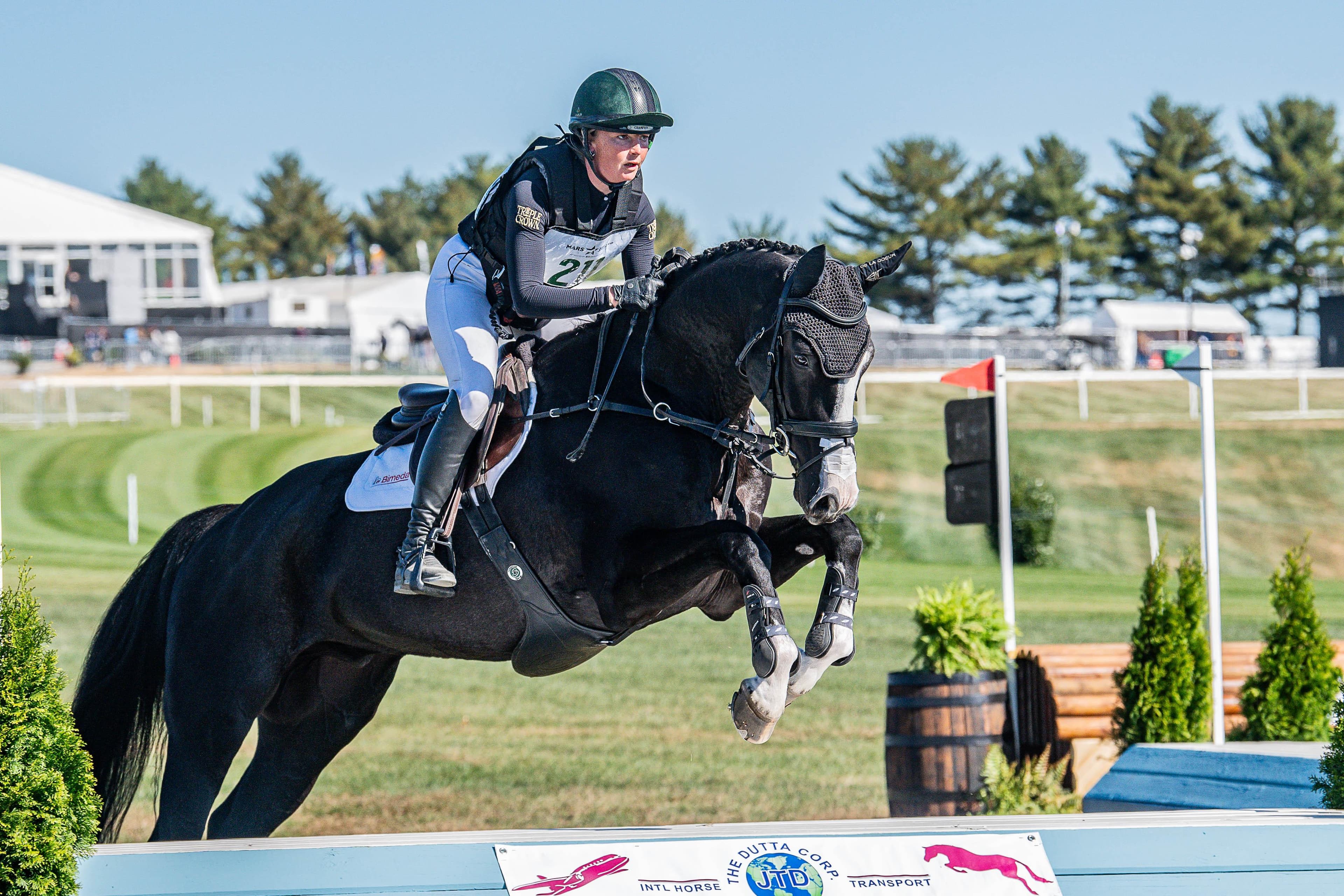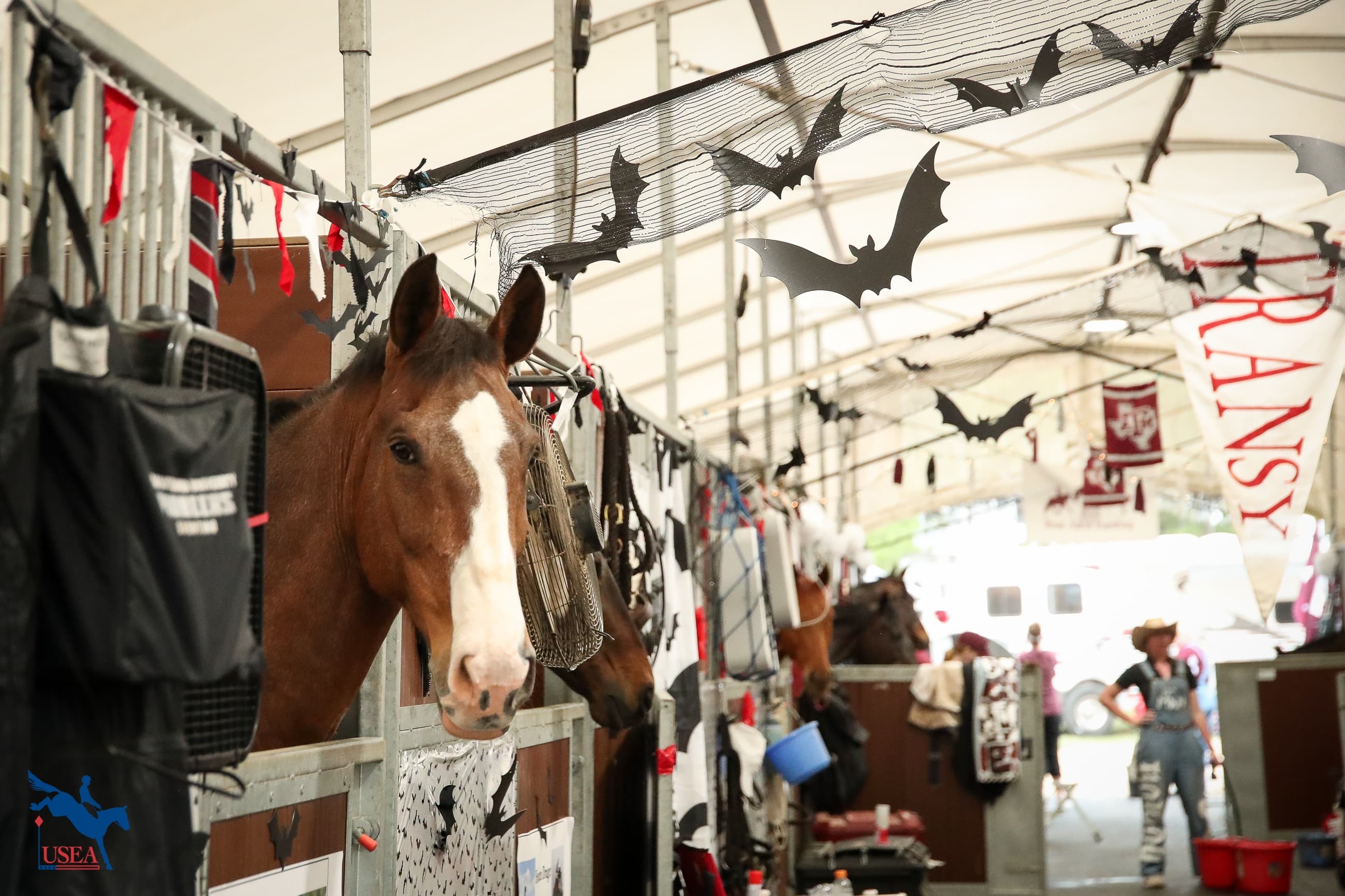Mustangs in Eventing: Humble Roots with the Wild Card of Breeds
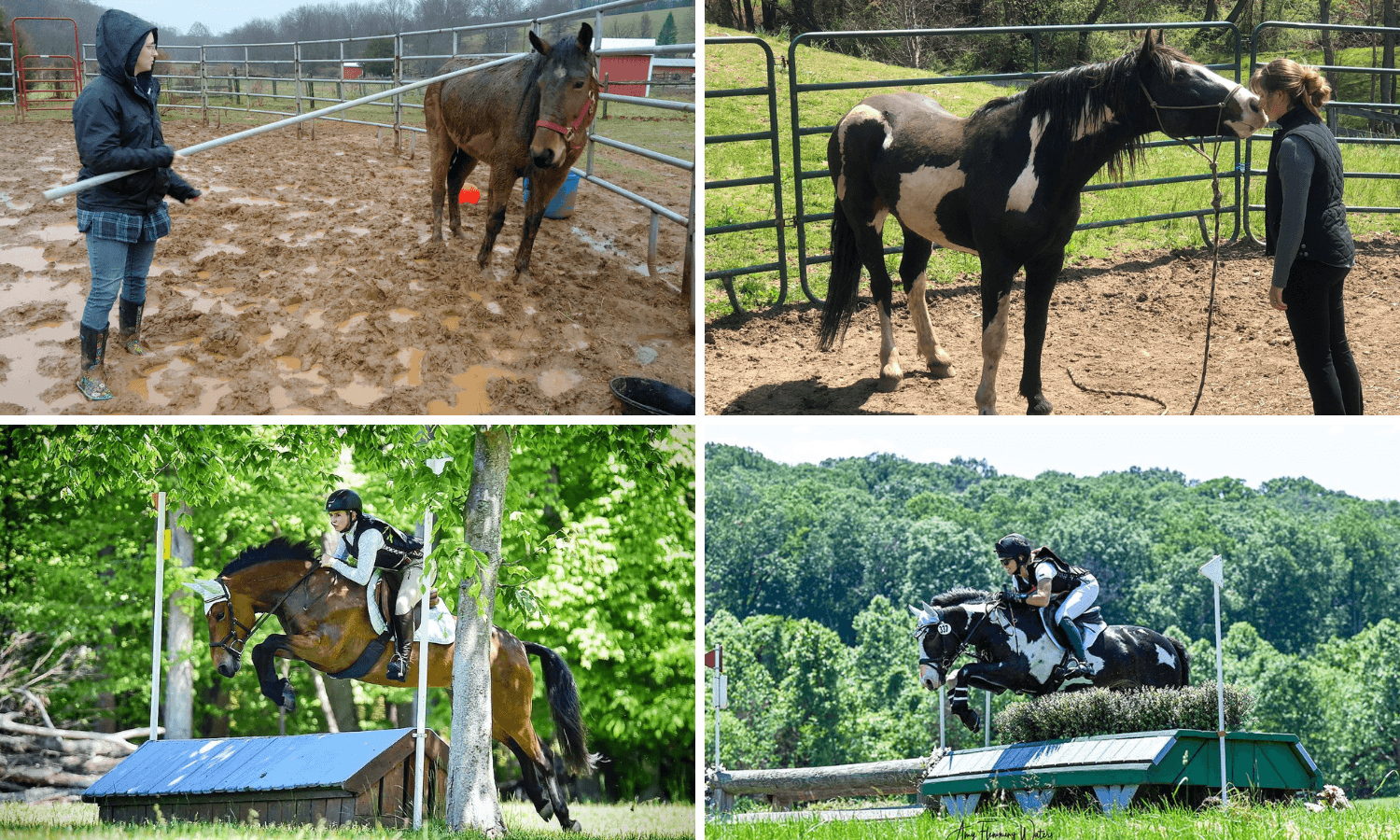
It makes perfect sense that a rider would want to partner up with a wild mustang for eventing—big risk, big reward! But more importantly, big heart.
It’s common to hear someone say that their horse is “all blood,” meaning that their bloodlines are primarily geared toward a particular discipline, but mustangs are melting pots of mixed breeds. Depending on what region a mustang is from, their physical appearance can range from tall and high-withered with Roman noses to short and stocky with feet that fit a size 1 shoe, and of course everything in between. Finding out what their bodies and minds are best suited for is something that is learned long after the start of their training.
If you’ve ever gentled a mustang, you know that trust is a key ingredient to success. It’s easy for our domesticated horse handling experience to rely on our tools—halters, lead ropes, trailer dividers, ramps, hay bags, the list goes on when we bring home our new steed—but mustangs have no use for these things at first. Our familiar tools are a foreign language, so we must learn to communicate differently and reach for our roots. Mustangs ask you all of their questions up front, and if you answer with the correct recipe of horsemanship, trust and respect, they can lend a fresh perspective on all three phases of eventing and teach us something about ourselves as riders and handlers.
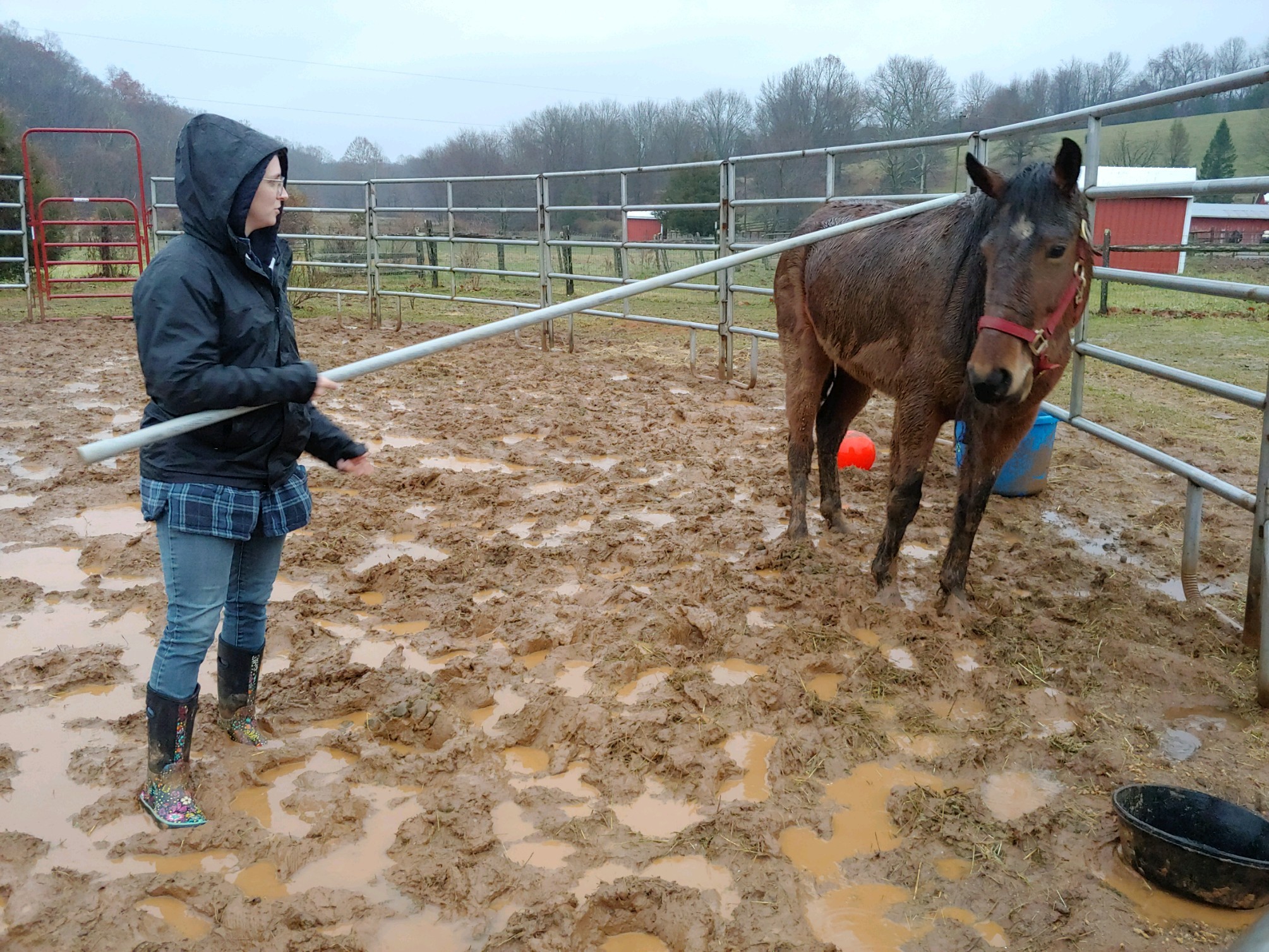
Erin Benson is the proud adopter of a Bureau of Land Management (BLM) mustang that she named Tigerlily. She’s successfully finished three starter trials—one at Elementary and two at Beginner Novice—but the road here has been a tireless, albeit fun, journey.
“During my first month with Tigerlily, I struggled to make contact with her. She barely acknowledged me, other than moving away when I got too close,” said Benson. “But one day, instead of turning away from me, she unexpectedly pinned her ears and snaked her head at my outstretched hand. Before she could make a lunge at me, I clapped my hands at her and shouted ‘no!' and she immediately backed off.” Benson was acting from instinct, much like mustangs do, by communicating what type of behavior was acceptable in their social interactions. Mutual respect was earned and it became the building block to more adventure.
“Tigerlily is extremely confident and highly opinionated…I have so much respect for her wild roots and such amazement at her ability to survive (and ultimately thrive) through many environmental changes. I would never wish to train that out of her,” said Benson. “She made it through several years of living wild, being rounded up by helicopter, several more years languishing in a holding facility, and being packed in a trailer and shipped across the country. Yet she is sane, sound and willing to adapt to domesticated life.”
Benson admits a secret: eventing with a mustang had always been her super secret goal from the start, but since Benson chose to publicly catalogue her journey through an Instagram and Facebook account (@ProjectTigerlily), she didn’t want to nurture any social pressures or get too tangled in unsolicited criticism. She knew that her goal would be reached if and when her gut told her that Tigerlily was ready.
Nearly three years in, she knew that time had finally come. “Cross-country is Tigerlily's favorite eventing phase! She has no trouble with changes in terrain or solid jumps. During one schooling session, my instructor remarked that she had never seen a green horse so bold to the fences,” said Benson. “Before we ever started eventing, I took her to hunter paces and trail rides to let her navigate at her own pace and build confidence in me as a rider. Now, she is enthusiastic once she realizes we are on course, but also responsive when I ask her to slow down and rebalance.”
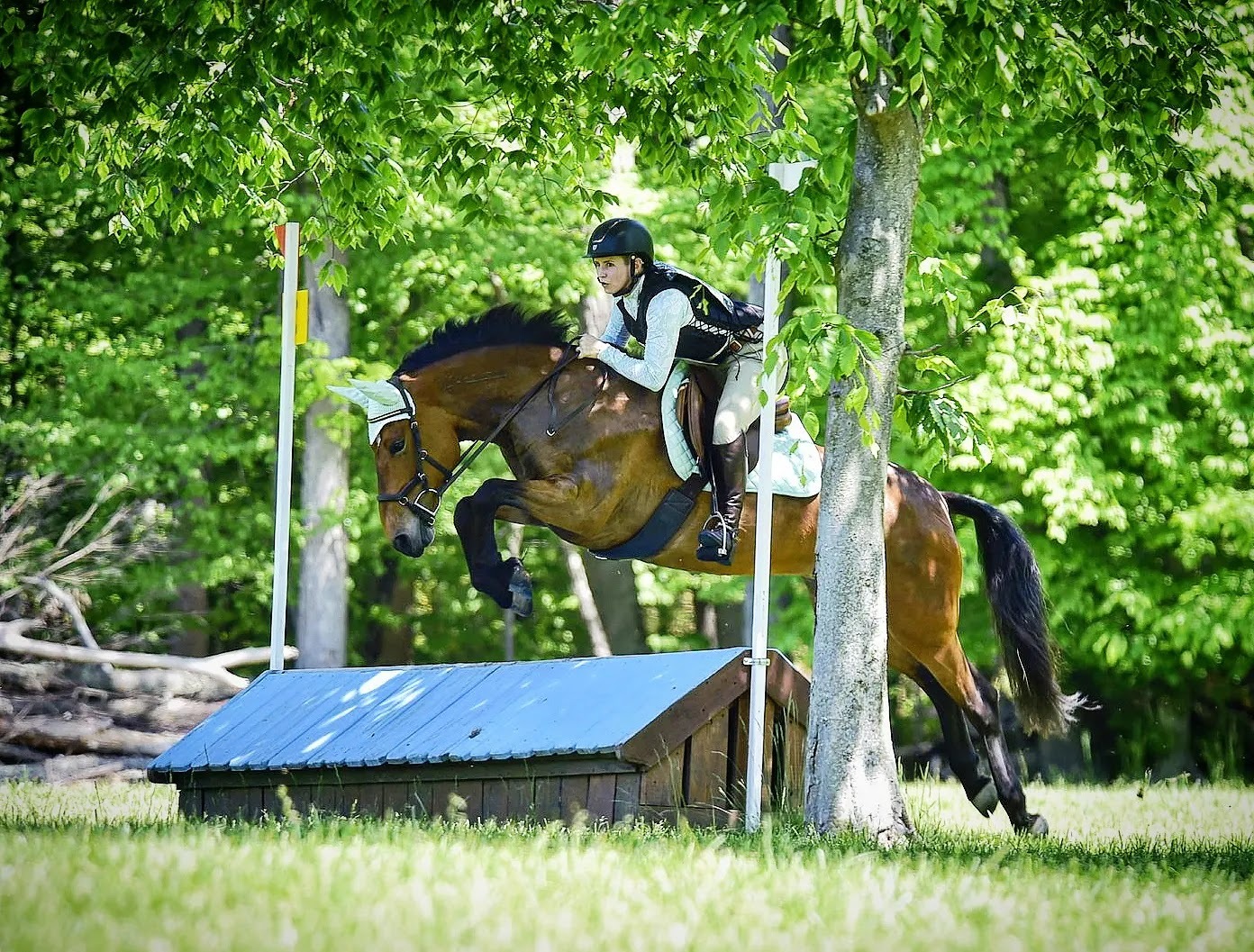
Benson finds comfort in a familiar feeling amidst other eventers: dressage is hard. “Dressage has been Tigerlily's most difficult phase. It took her a long time to get comfortable with a bit in her mouth,” said Benson. “She would have been ready for the low-level jumping much sooner, but I wanted to solidify our dressage before our first event. I'm still working on improving her balance at the canter, but her flatwork has come a long way and we just recently introduced lateral work in lessons.” People have already asked Benson when she plans on moving up to Novice, and even though she feels that Tigerlily would have no trouble with it, Benson is having a blast just building her mare’s confidence at the lower levels.
Riders from each discipline adopt mustangs for different reasons all across the country, but for another eventer—Ann Hanlin—having a mustang meant filling an empty spot in her heart without breaking the bank.
“I had lost my heart horse that I had for just shy of 20 years. He was a brown [and] white paint and I wanted another horse of color,” said Hanlin. After a friend sent her a link to the BLM and told her that mustangs come in every color, Hanlin started her search. “My heart was aching from losing my boy and when I clicked that link and came across Woodrow I instantly fell in love…I also had the opportunity to connect with two photographers that followed Woodrow in the wild. Learning about him and his herd made me want him even more. I have been able to track down some of his offspring, and now own two of his daughters and his son.”
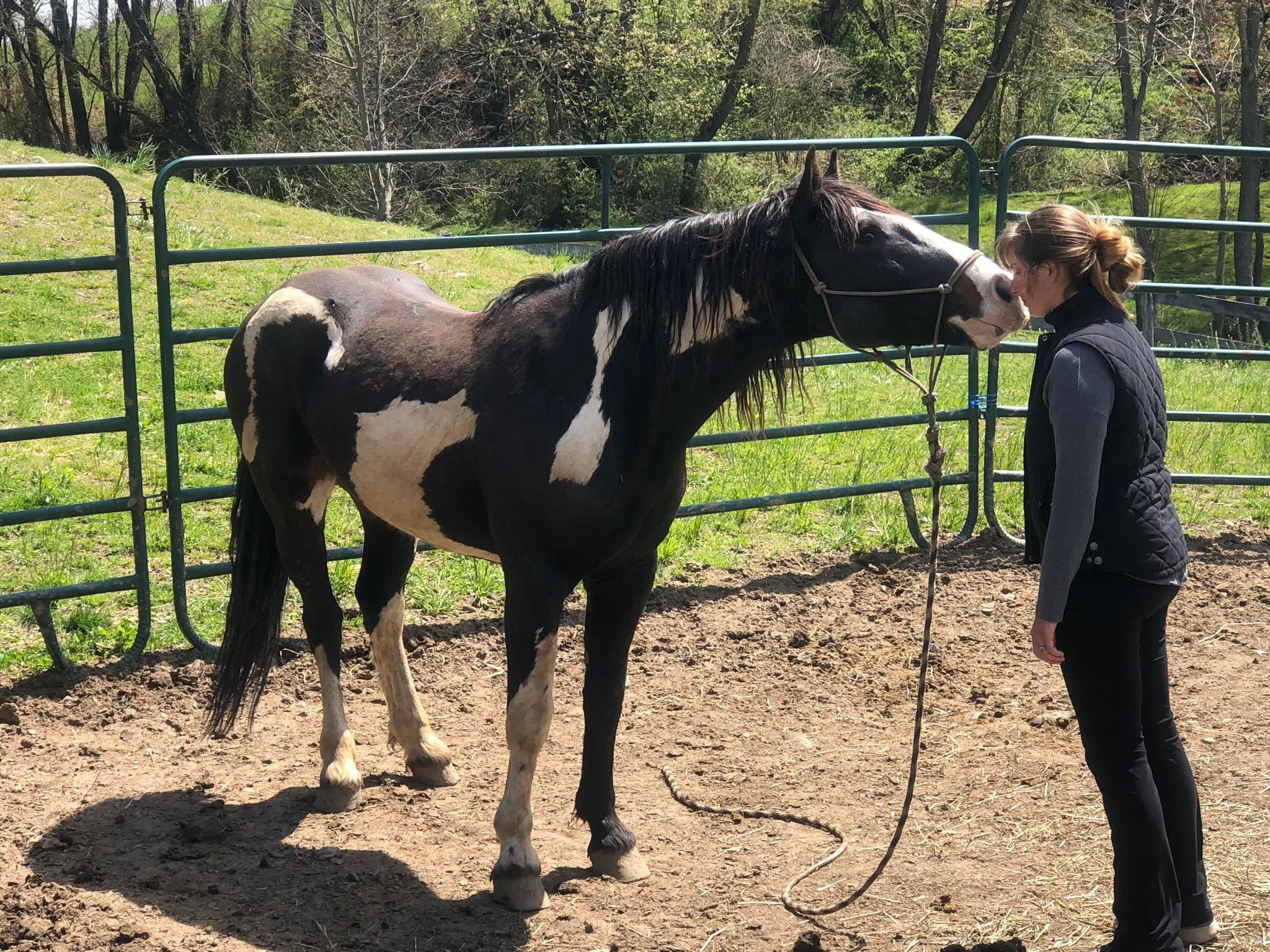
The beginning days, much like trying anything new, were tough. “Our first two rides had gone great. We were walking along with my mother-in-law leading us and as we turned the corner to trot down the long side, he dropped his head between his ankles and threw in a massive buck. Of course, I went flying. Being the stubborn rider that I am, I knew I had to get back on, although I was reluctant…I can honestly say, we both needed those days,” said Hanlin. Horses that are accustomed to thinking for themselves and being an active member of a wild herd tend to get bored with mundane tasks, even ones that they may not be fluent in yet. “I reevaluated my training methods with him and moved things along a little differently than I had with other horses. I have to be aware of where he is in his training and what I am asking him to do to be sure he doesn’t get too bored.”
Ann Hanlin has since started SBF Mustang Eventing and also catalogues her captivating mustang experiences through social media. Owning and training Woodrow—the black and white stunning paint—has opened doors that Hanlin didn’t know existed, like becoming a Trainer Incentive Program (TIP) trainer through the Mustang Heritage Foundation. She’s gentled 14 mustangs and now hosts mustang challenges in Maryland.
“I’ve been around horses my whole life and this horse has taught me more about myself, my riding and my horsemanship than any other horse in my lifetime,” said Hanlin. “I went into this journey with zero expectations… I can honestly say there is nothing more rewarding than taking a wild horse from scratch and turning him into a competitive athlete.” Hanlin has competed and won several unrecognized events at Novice, and through listening to Woodrow’s quirky personality, Hanlin knew it was time to move up. Together, the team just competed in their first recognized event this spring at Sporting Days in Aiken, South Carolina.
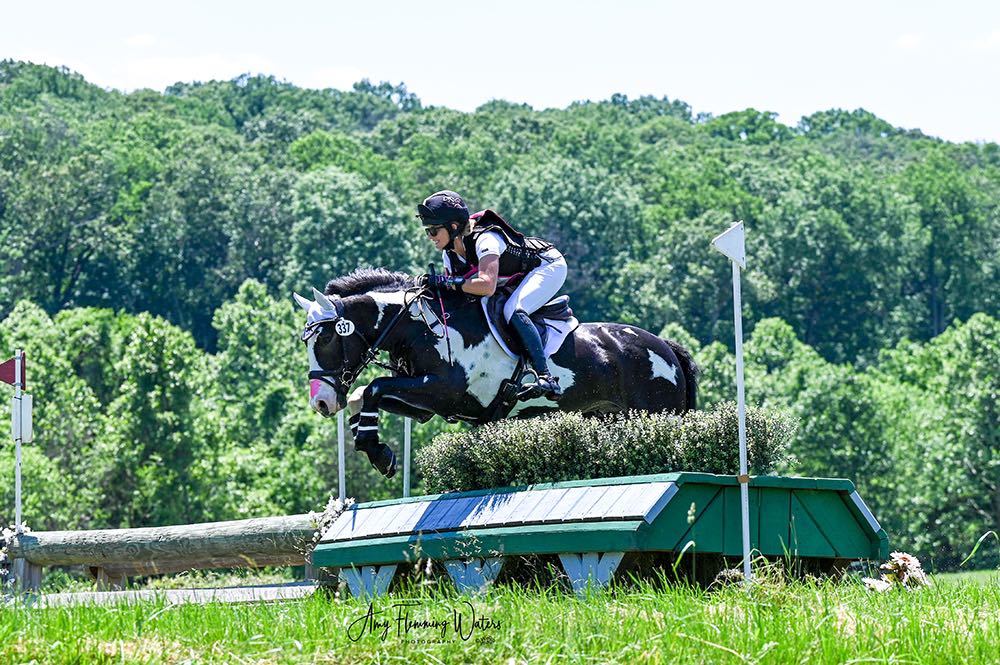
“He has proven to people that mustangs aren’t just the mutts of the horse world. He has shown them that they’re athletic, that they can jump and that they are so versatile,” said Hanlin. “He has helped me become a better rider and taken my riding to a whole new level. He has gotten me back into the recognized eventing world and has taken me places I never thought I would go again in this lifetime.”
There’s a certain recipe of horsemanship and trust that must exist at the core root for these relationships to exist at all, let alone in the arena or on a course.

